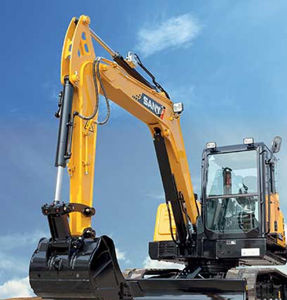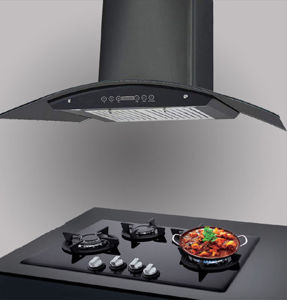In the intricate realm of healthcare, managing the service and repair of medical equipment presents a significant challenge. Striking a balance between maintaining the functionality of critical devices and managing costs is essential for the seamless operation of healthcare facilities. In this article, we delve into practical and cost-effective strategies for effectively servicing and repairing medical equipment in healthcare settings, ensuring uninterrupted patient care and optimized resource allocation.
- Prioritizing Preventive Maintenance
Preventive maintenance is a cornerstone of cost-effective equipment management. Regularly scheduled inspections and servicing help identify potential issues before they escalate, minimizing the risk of sudden breakdowns. By proactively addressing minor concerns, healthcare facilities can avoid costly repairs and ensure that equipment remains in optimal working condition. Preventive maintenance also extends the lifespan of equipment, leading to long-term cost savings.
- In-House Technical Training
Investing in technical training for in-house staff can yield significant benefits. When healthcare personnel possess the skills to troubleshoot and perform minor repairs, reliance on external technicians can be reduced. Basic maintenance tasks, such as cleaning, calibration, and routine checks, can be handled internally, saving both time and money. Well-trained staff can also promptly address minor issues, preventing them from escalating into major problems.
- Leveraging Remote Diagnostics
Advances in technology have paved the way for remote diagnostic capabilities. Many medical equipment manufacturers offer remote monitoring and diagnostics, allowing technicians to assess equipment performance from a distance. Remote diagnostics enable swift identification of issues and can often lead to quicker resolutions. By minimizing the need for on-site visits, healthcare facilities can reduce downtime and associated costs.
- Establishing Vendor Partnerships
Cultivating strong partnerships with equipment vendors can be highly advantageous. Vendors often provide maintenance contracts or service agreements that offer cost-effective solutions. These agreements typically cover regular maintenance, repairs, and even replacements, reducing the financial burden on healthcare facilities. Collaborating closely with vendors also ensures access to genuine parts and expertise when needed.
- Utilizing Data-Driven Insights
Leveraging data analytics can enhance equipment service and repair strategies. Monitoring usage patterns, performance data, and historical records can reveal valuable insights into equipment health. Predictive analytics can anticipate maintenance needs, allowing healthcare facilities to plan servicing at optimal times. By aligning service schedules with usage patterns, costs can be minimized without compromising equipment reliability.
Conclusion
Effectively managing equipment service and repair in healthcare environments requires a delicate balance between functionality and cost considerations. By implementing preventive maintenance, investing in staff training, embracing remote diagnostics, nurturing vendor relationships, and harnessing the power of data analytics, healthcare facilities can navigate this challenge successfully. The result is a healthcare ecosystem where equipment downtime is minimized, patient care remains uninterrupted, and financial resources are optimized for enhanced patient outcomes.





